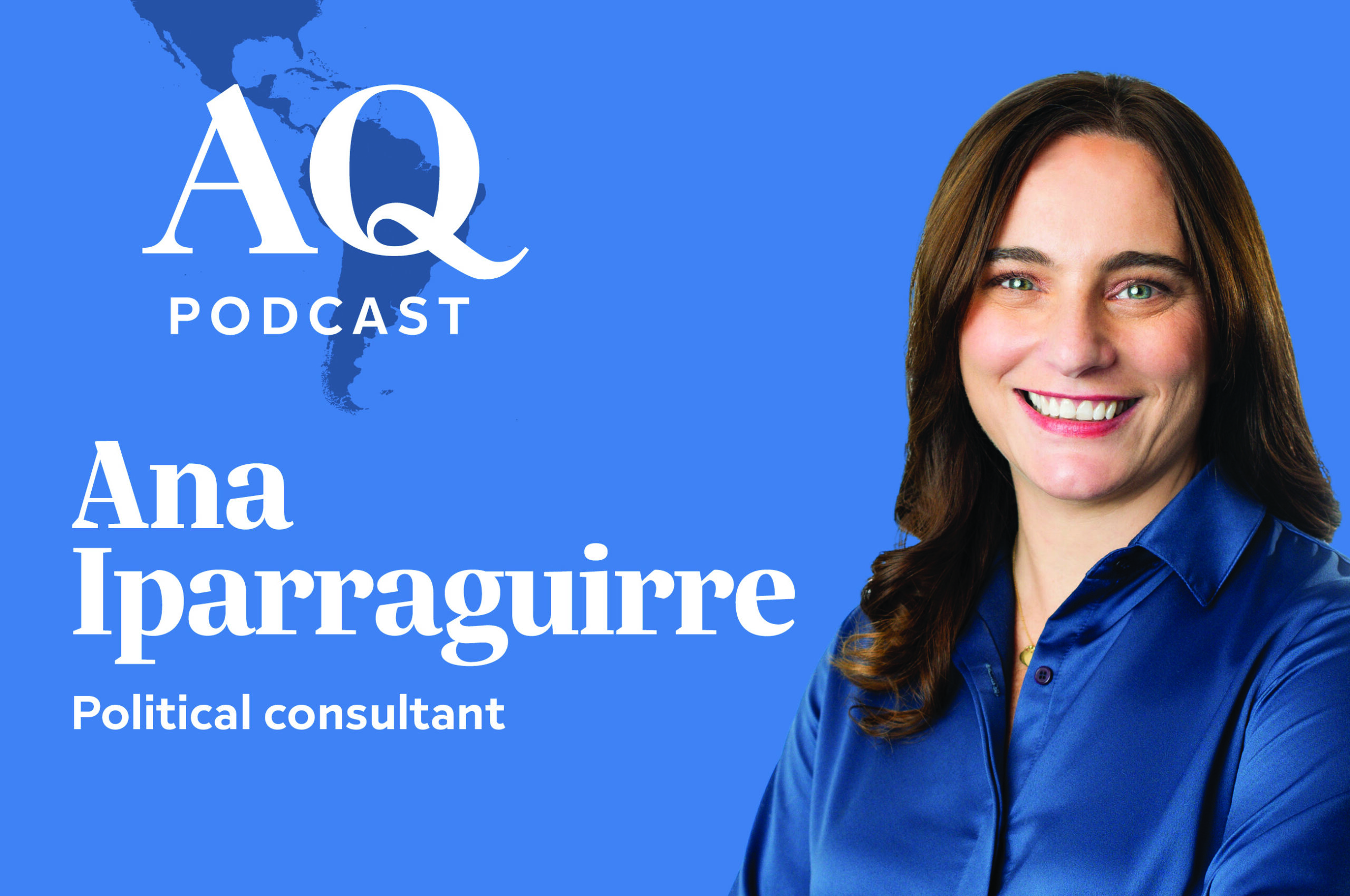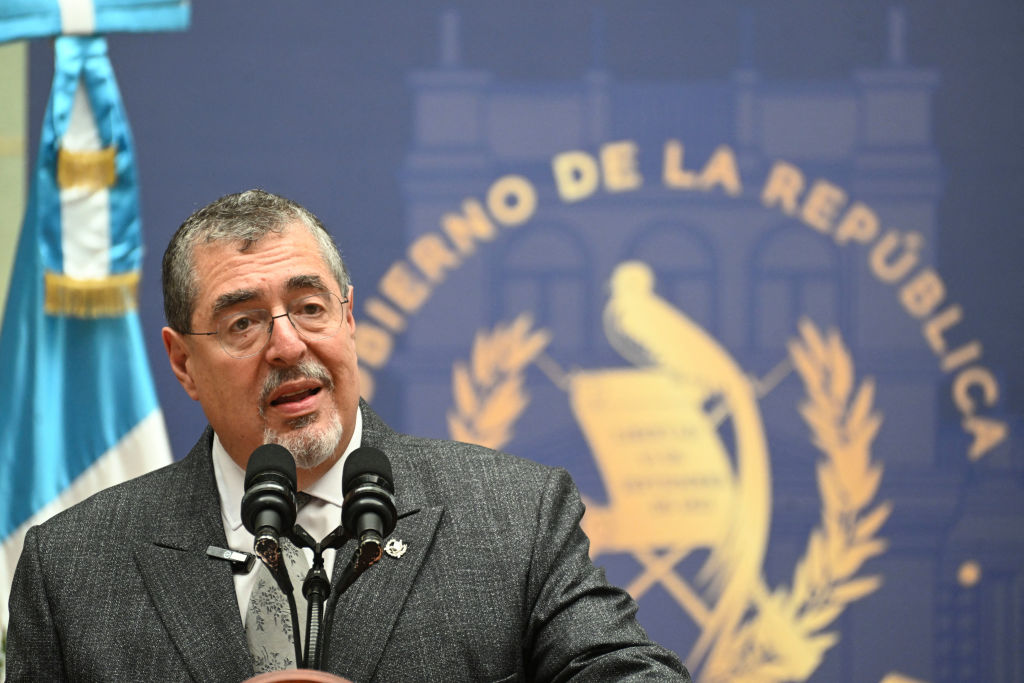Snap Election Redraws Canada's Political Landscape
Snap Election Redraws Canada's Political Landscape
Prime Minister Stephen Harper’s Conservatives snatched up a parliamentary majority during Canada’s May 2 election. The National Democratic Party cruised to second, winning the role of official opposition for the first time.
The world may have been focused on the events that unfolded at Osama bin Laden’s compound outside Islamabad, but Canada started out the week by witnessing dramatic events of its own. In its May 2 vote, the Conservative Party pulled in enough votes to win the parliamentary majority for the first time since Prime Minister Stephen Harper assumed office five years ago. But the general election—the country’s fourth in seven years—brought other major changes. The New Democratic Party (NDP) leapfrogged over the Liberal Party to take the second largest number of votes and become the official opposition in Parliament. Results led to the halving of the Liberal Party’s parliamentary seats and to Michael Ignatieff’s decision to step down from his position as the party’s leader. The NDP’s “orange tide” also swept over the Bloc Québécois, which came in second in Quebec Province and will retain just four parliamentary seats. The Bloc’s Gilles Duceppe will step down from party leadership as well at a time when as Canada’s political landscape gets redrawn in the wake of the snap election.
In his victory speech, Harper told supporters in Calgary: “Canadians can now turn the page on the uncertainties and the repeat elections of the past seven years, and focus on building a great future for all of us.” Conservatives snatched up 167 seats, well above the 155 needed to claim a majority in Parliament. The win marks a swing in favor of the party after a fast, five-week campaign sparked by the opposition’s “no confidence” vote and dissolution of Parliament. The Vancouver Sun notes that the results mark the third time in Canada’s history—and the first in almost 50 years—that the Conservatives could count three successive electoral wins.
Still, the election didn’t prove a newly conservative bent among Canadian voters, as shown by the fact that the left-leaning NDP logged its own historic victory under the leadership of Layton. For the first time, the NDP became the official opposition party as it snagged 37 to 102 seats while Layton snagged the role of “prime minister in waiting.” The new opposition leader told a Toronto rally, “Step by step, working together, we can build the Canada we want.” Layton was credited with lifting his party up by inspiring voters during debates. Given the number of votes won in Quebec Province, the NDP victory came at a cost to the Bloc Québécois, which was seen as taking voters for granted. CTV reports that the Bloc now “faces a dual crisis of relevancy and long-term survival.”
But it’s the Liberal Party that appears to have taken the hardest hit, coming in third for first time in the history of its existence. “The only thing Canadians like less than a loser is a sore loser and I go out of politics with my head held high,” said Ignatieff, a Harvard academic who became the party’s leader in 2008, as he submitted his resignation. “I want to take my responsibility as a leader and as a politician. If I was unable to connect with people, then that is my responsibility.” The Globe and Mail’s Jeffrey Simpson says negative campaign ads counted as one ingredient in the Liberal Party’s loss. TPM’s Eric Kleefield instead points to the party’s inability to evolve to voter demands, writing: “[I]n the last few years, when it was again clearly necessary to shift leftward and impress progressive voters, the party instead picked the decidedly centrist Ignatieff as leader, sealing their fate to be squeezed out between the right and left.”
Learn more:
- Read an AS/COA analysis of the “no confidence” vote that caused the snap election.
- Election results from Canada’s election agency.
- The Toronto Star offers an interactive look at election results, showing breakdowns by province and parliamentary seats.
- Website of the Conservative Party.
- Website of the New Democratic Party.
- Website of the Liberal Party.
- Website of the Bloc Québécois.
- Website of the Green Party.







